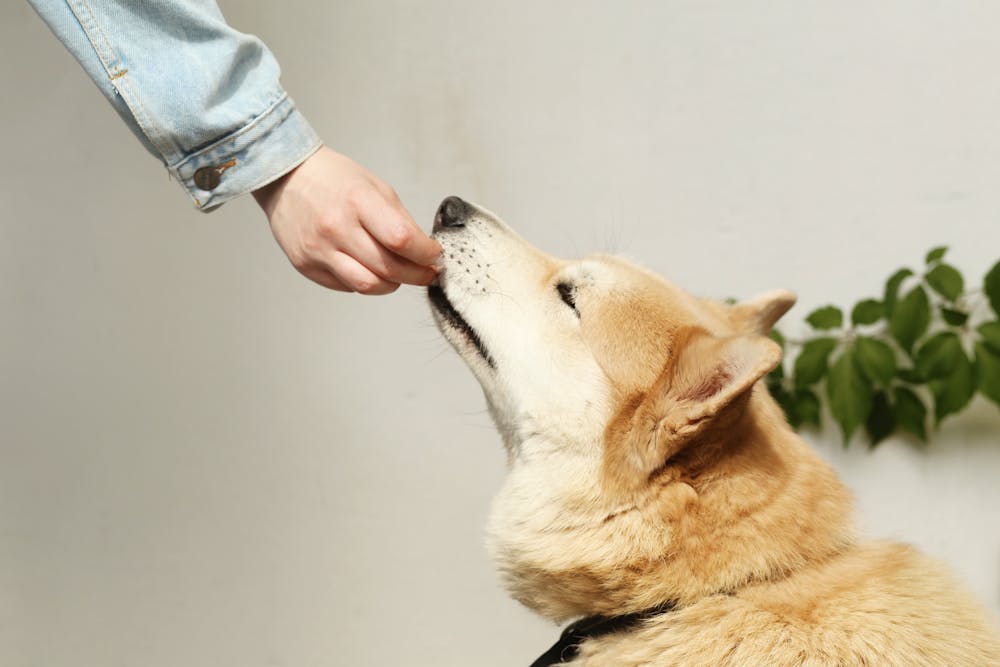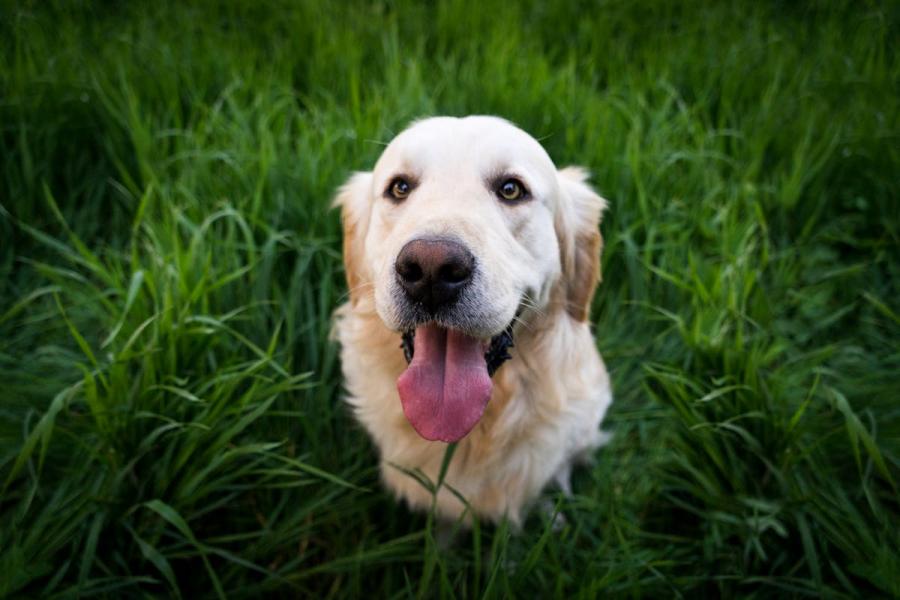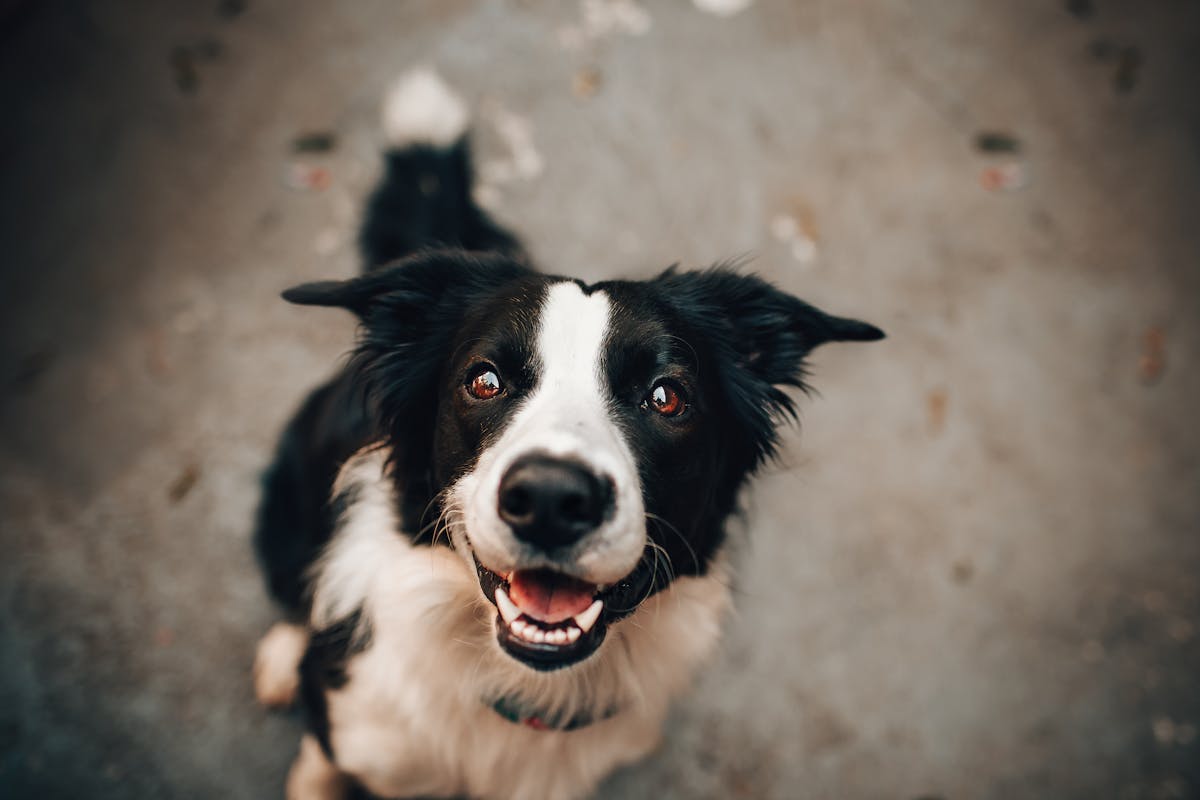If you are thinking about getting a Persian cat or already have one, this guide will help you understand everything you need to know – from coat care and nutrition to specific health challenges and tips for everyday life with this gentle breed – writes Sombor.info.
Origin and History of the Breed
The Persian cat originates from Iran (formerly Persia), and arrived in Europe as early as the 17th century, thanks to Italian explorer Pietro Della Valle. Its long, silky fur immediately attracted the attention of European aristocrats, and it quickly became a status symbol in courts across the continent.
Over time, the breed went through many selections, especially in England and the USA, where breeders focused on the characteristic flat nose and even more luxurious coat. Today, there are several variations within the breed – the classic (doll-face) and the so-called peke-face Persian cat, which has an extremely flat nose.

Why Is the Persian Cat Still Among the Most Wanted?
Besides their looks, Persian cats are known for their docile temperament and ability to adapt to different types of homes. Their calmness and gentle character make them ideal pets for apartments and families who want a quiet, non-intrusive animal.
Despite their “royal” appearance, they are modest, unassuming, and love routine – fitting perfectly into the everyday rhythm of modern owners.
Appearance and Physical Characteristics
A distinctive look that captivates at first sight
The Persian cat is recognizable for its luxurious appearance: long, dense, silky fur, large expressive eyes, and a flat face. Its body is stocky, with short legs, rounded paws, and a long, luxurious tail.
This breed has a pronounced brachycephalic profile, meaning its nose is short and upturned, which also creates the biggest breathing challenges. The “doll-face” variety has a less pronounced flat nose and is considered more natural.
Colors and Variations
There are over 70 recognized colors and patterns in Persian cats, the most common being:
white
black
blue (gray)
cream
chocolate
golden and silver shaded
chinchilla variants
Their eyes are usually bright orange, copper, or blue (in white cats). They are highly expressive and add extra softness to the face.
Physical Dimensions
Persian cats are medium to large in size:
Weight: 3 to 6 kg
Body length: about 35–45 cm (without tail)
Lifespan: 12–17 years with proper care
Temperament and Behavior
The Persian cat is an ideal pet for a calm household. It is not aggressive, does not jump on furniture, and rarely meows. When it does, its voice is soft and gentle.
This breed is extremely loyal to its owner. Although it loves peace, it does not mean it is antisocial – it enjoys affection, petting, and closeness, but does not seek attention at all costs. It is more the type to lie beside you than to run around the house.
How Does It Behave With Children and Other Pets?
The Persian cat is extremely tolerant and patient.
It gets along well with children who know how to behave with animals.
It can live with other cats and dogs, provided it has its own quiet corner.
Does It Need Space?
No, this is a typical apartment cat. It is not as active as some other breeds, does not climb high places, but prefers to lie down and observe the world from its cozy spot. Ideal for people living in smaller spaces who want a calm pet that will not cause chaos.
Persian Cat Care
Coat maintenance – a daily obligation
The Persian cat has long, dense, silky fur that tangles easily. Without regular care, mats, knots, and skin problems can occur.
What you can do:
Brush it daily – ideally with a metal comb and a natural bristle brush.
Start combing from the legs and belly, then move to the back and head.
Use dry detangling powder if the coat is especially thick.
Bathing – How Often Is It Really Needed?
Unlike most cats, Persian cats should be bathed once a month. The reason is the amount of oil that accumulates in the coat, as well as maintaining skin health.
Practice the following:
Use sulfate- and soap-free shampoos, specially formulated for cats.
Rinse thoroughly, as residues can cause itching.
Dry with a hairdryer on low heat until the coat is completely dry.
Eye cleaning – a necessary routine
Due to their facial structure, Persian cats often have tearing problems. Tears remain on the face and create dark stains.
Tips:
Use sterile, fragrance-free wet wipes.
Clean the eye area 1–2 times daily.
If you notice a change in color or consistency of discharge, consult a vet.
At Happy Dog Club you will find everything you need for your cat’s care.
Health Challenges in Persian Cats
Hereditary diseases you must not ignore
Persian cats are prone to certain genetic diseases resulting from selective breeding. That is why regular vet visits and awareness of potential problems are essential.
The most common health challenges:
Breathing problems due to flat muzzle (brachycephalic syndrome)
Polycystic kidney disease (PKD) – hereditary, progressive, and potentially fatal
Eye problems, including entropion (inward rolling of the eyelids)
Dermatological problems due to dense coat and reduced air circulation to the skin
Prevention and control
Choose a kitten from a cattery that performs genetic testing.
Be sure to do a kidney ultrasound in the first year of life.
Practice routine check-ups of eyes, teeth, and heart.
Nutrition as the Key to Health
Quality nutrition is crucial to preventing many problems in Persian cats. The next section explains in detail how to properly feed your pet according to its needs.
Next sections:
Nutrition and proper diet
Tips for buying or adopting
Nutrition and proper diet
Due to their specific head shape and flat nose, Persian cats cannot easily grasp food like other breeds. They need food adapted to jaw shape and face width.
What to choose:
Dry food with flattened, triangular, or almond-shaped kibbles
Kibbles enriched with omega-3 and omega-6 fatty acids
Food rich in taurine, vitamin A, and high-quality proteins
How often should it eat?
Ideally, feed your Persian cat 2 to 3 times a day in smaller, controlled portions. Excess weight can further burden the respiratory system and joints, which is a common problem in this breed.
Practical tips:
Always provide fresh water
Avoid cheap food high in grains and sugar
Occasionally include wet food for hydration and urinary tract health
Are Supplements Necessary?
In most cases – no, if you use quality commercial food. However, for older cats or those with specific health needs, the vet may recommend:
Joint supplements
Probiotics for digestion
Vitamins for skin and coat
In our veterinary pharmacy you will find everything you need for your cat’s healthy life.
Where to Get a Persian Cat?
If you decide to get a Persian cat, the most important step is to choose a reliable breeder. Never buy a kitten without documentation of the parents’ origin and health.
Check the following:
Are the parents tested for PKD – a genetic kidney disease?
Is the kitten vaccinated?
What does the living environment of the cats look like?
Advantage of buying from a registered breeder: you get a healthy animal with known genetics, reducing risks and treatment costs in the future.
Adoption From a Shelter – A Valuable Option
Although less common, it is possible to find a Persian cat for adoption. Some organizations and shelters take in purebred cats that have been abandoned or rescued.
Advantages:
You save a life
You help overcrowded shelters
Adult cats often have established character and habits
Prepare to invest more time in adaptation, especially if the cat has been through stressful situations.
Is the Persian Cat the Right Choice for You?
The Persian cat is not “just beautiful”. Although its appearance is charming, it requires attention, patience, and daily care. Before you decide, consider:
Do you have enough time for daily brushing?
Can you afford quality food and regular vet check-ups?
Do you like a calm and quiet temperament in a pet?
Do you have children who respect animals’ boundaries?
Does a not overly active cat suit you?
If you answered “yes” to most questions, the Persian cat might be the perfect companion for you.
Ideal for Certain Types of Owners
The Persian cat is an excellent choice for:
People who work from home or have a flexible schedule
Older people who want company without chaos
Families looking for a stable and unintrusive pet
Lovers of aesthetics and routine
If you are more into adventures, constant movement, and dislike cleaning hair – you might want to consider another breed.
Life With a Persian Cat Is a Reward With Responsibility
The Persian cat is one of the most beautiful and affectionate breeds you can own. Its loyalty, calm nature, and aristocratic appearance make it irresistible. However, with that beauty comes responsibility – daily care, attention, and commitment.
If you are ready to give it what it needs, in return you will have a companion that will fill your home with peace, love, and elegance.
Frequently Asked Questions About the Persian Cat
Is the Persian cat suitable for families with children?
Yes, but it gets along best with calm and gentle children. Persian cats do not like sudden movements and noise, so it is important that children know how to treat a pet.
How often should a Persian cat be brushed?
Every day. Its dense fur tangles easily and can form mats if not regularly maintained. Brushing takes 5–10 minutes and should become part of your daily routine.
What is the lifespan of a Persian cat?
On average 12 to 17 years. With proper care, nutrition, and regular vet visits, it can live even longer.
Does the Persian cat make a lot of noise?
No. This is one of the quietest breeds. Persian cats rarely meow, and when they do, their voice is soft and gentle.
Can the Persian cat be kept in an apartment?
Yes, it is ideal for apartment living. It is not overly active and prefers lying in quiet places rather than running around.
How often should a Persian cat be bathed?
About once a month, unless otherwise recommended by a vet. Regular bathing helps maintain a clean coat and healthy skin.













